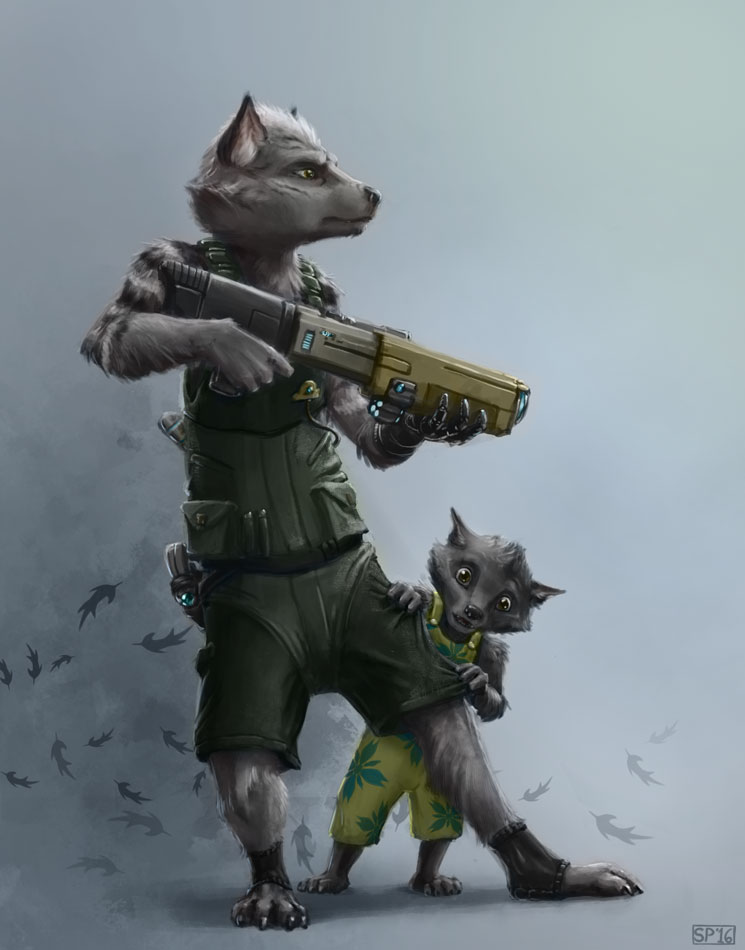Chapter 6.5: Interlude/Jargon
Two years and nine months after the Vancouver Attack
“A screensaver? Not seen one of those in years, Ted…”
“Uh, that’s…actually a simulation…”
Technically, Ted Bartlett and Claude Nadeau held the ranks of Major and Captain respectively. In this shared office, however, their ranks meant nothing to them.
Neither man had joined the military to salute and march around and uphold all the pomp and ceremony of martial tradition. They’d done it because the military paid well.
The fields of study that had seen them through University were becoming hazy and uncertain now. The last two years had forced them both to branch out from their respective disciplines of Cosmology and Electrostatics, and become multi-disciplinarians. It was no good focusing on one small aspect when the results came from a more holistic approach.
“What of?”
“It’s a folded-space topological problem.”
“We already cracked Super-L, Ted.”
“One type, sure. That little book detailed three kinds, eh?”
“I thought the general’s planning to recommend that we’re not interested in type 2 ERBs?”
“And for good reason, sure. But…”
“What?”
“I sent the tuning algorithm to a friend of mine, she lectures in mathematics over in Nottingham, England. Purely as an abstract puzzle in search of a solution, eh?”
“We already know the solution, though.”
“She found two, Claude.”
“No shit?”
“Nope. She gave me an alternative solution which is pseudo-stable for R T less than one if delta-E set one to set two is greater than the exponent of the tensor of set three p-one to p-two.”
Nadeau grabbed a paper and ball-point pen—there was yet to be a better substitute for the brainstorming physicist—and scribbled out a handful of equations. “…Right.” He considered it, then moved a few terms around, playing with the algebra. “I see it, but…What’s the Lebesgue?”
“Three.”
“That’s helpful. You’re sure, now?”
Bartlett sketched out a proof, to his colleague’s satisfaction.
“The only awkward bit is that exponent.” he said. “I worked on it some more and got this graph.”
It was mostly red, though running diagonally up and right was a curved funnel of slowly-widening blue. He tapped a point towards its flared end. “Fifty grams.”
he said.
“Yeah, at seventy KC,” Nadeau said.
“Possible.”
“Hence the screensaver?”
“Hence the simulation, yes. All we need is an intersection of two ISD fields of those magnitudes which remains within acceptable bounds for, uh…six to the minus ten S.”
“Think there is one?”
“Not enough to bet time on the IBM on it. It’s busy enough with the ESF equations for your ‘put the energy companies out of business’ idea.”
“Which is why you’re running a fancy new screensaver—”
”—simulation—”
”—on your personal laptop rather than wasting base resources. Right.”
Bartlett sighed, and with a push of his legs, boosted his chair over to the office’s perpetual coffee source. “I tell you Claude, I’m jealous of your field sometimes. ESFs are going to change the world more than ISD is.”
“You might be wrong there, Major.”
“Oh come on. You’ve already given us the tech for cheap spaceflight, viable asteroid mining, trivially easy near-Earth object tracking and deflection and buildings ten times as tall as we could already build. What have I got, besides one experimental spaceship that got named by our bartender?”
“Well,” Claude Nadeau said, slowly and with care, “Your screensaver just turned green…” Bartlett sighed. “For the last time, it’s a simula—wait, what?”



